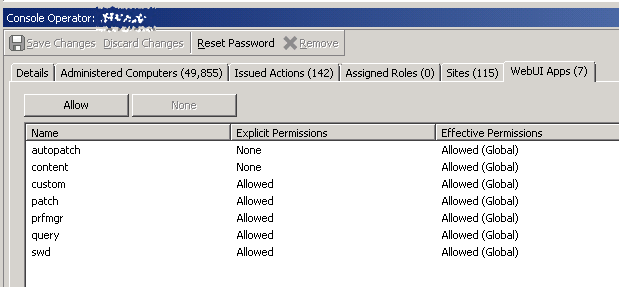The way I test relevance is I create an analysis just for testing and I make a new property for every “test”, and just wait for results to come back. As long as computers are getting UDP notifications, it usually takes about 1 minute to get results.
If you are testing relevance that is OS specific, you can make the analysis only relevant on those machines that the test is valid for.
I eventually either delete the analysis, or I end up turning it into a new refined analysis that gets raw data I was looking for, as well as some specific data that is useful.
The advantage of an analysis is that you can get both raw data, as well as true/false results and see if the true/false values that are returned line up with what you expect based upon the raw data, that way you can debug the logic statements in the relevance.
Even if what I eventually need is relevance that returns a True/False value, that is NEVER where I start. I always start with raw data, filtering it down, then turning that into a True/False.
When making said analysis, I set the property report time to be like once every 30 days… as long as the property is brand new inside the analysis, then every computer will report in ASAP for the first time, they just won’t refresh the value, which is fine with this kind of testing.
The WebUI Query option will not solve the issue of testing relevance that the client CAN run but QnA cannot run, because WebUI Query uses QnA to get the results, so it has the same limits as QnA does on the command line.
Another option is to use an action to remotely query relevance results and then use that action to send the results back to a central system, like this: https://github.com/jgstew/remote-relevance/tree/master/python
My code is a not great proof of concept that did work last I tried it, but I never built a UI around it. For it to work, it does require that the remote client be able to directly communicate with the system issuing the relevance query.
Because an Action is used to perform the relevance evaluation, it does use the Client to evaluate relevance. It also does it at the faster CPU usage of an action, rather than passive background relevance evaluation.


 - almost do -:
- almost do -: